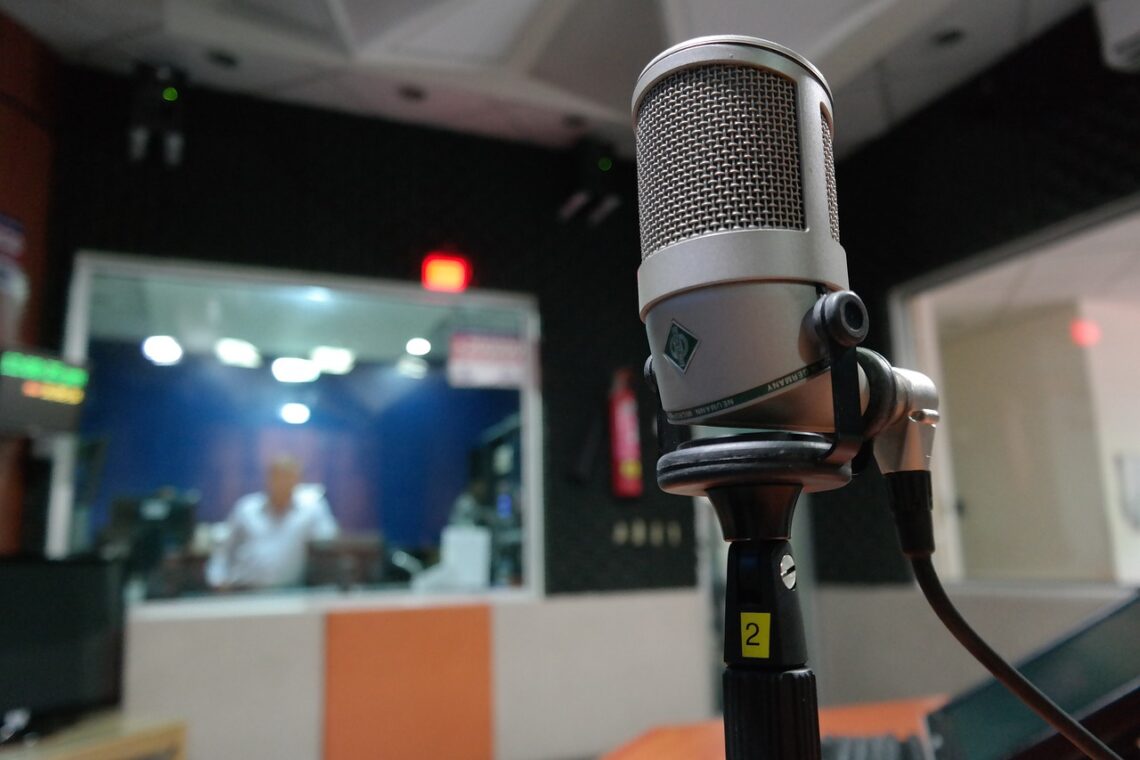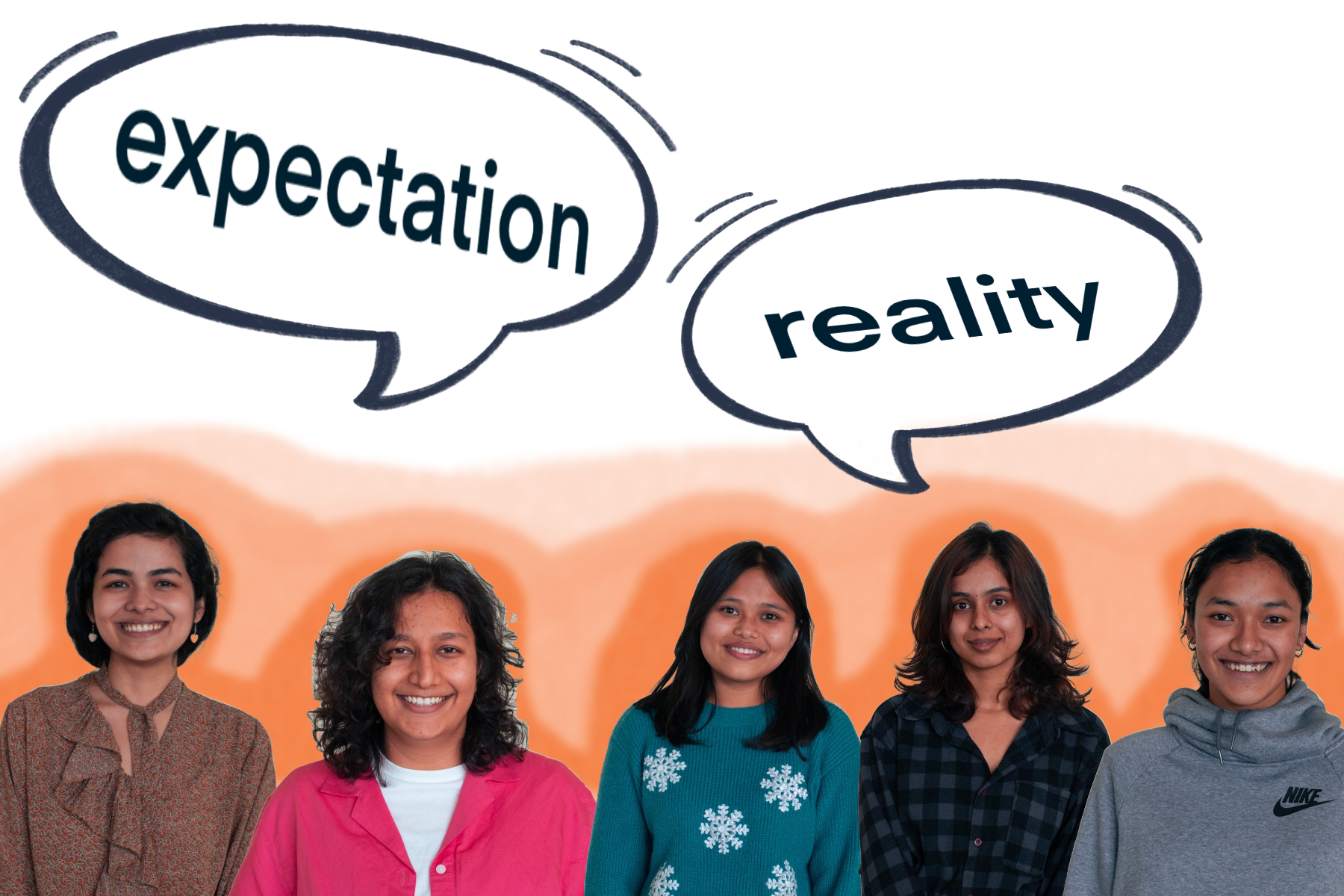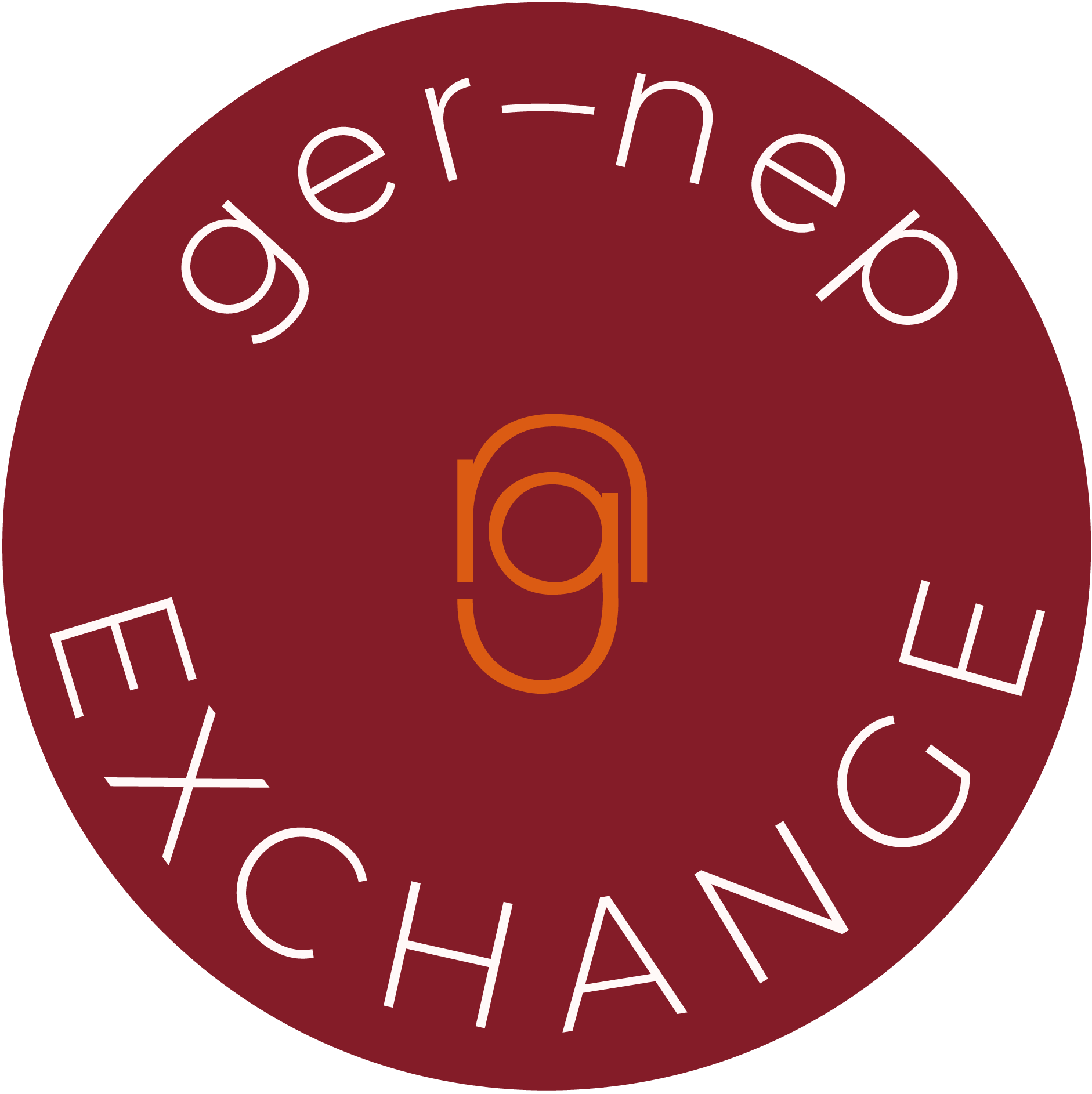
Community Radio in Nepal and the “Bürgerfunk” in Germany
Lena Brinkmann and Eva Kafle
Last year in 2022, Nepal’s first community radio celebrated its 25th anniversary. Raghu Mainali, co-founder and former director of the radio station, still remembers every single word of his first show that changed the audio landscape in Nepal forever; “This is Radio Sagarmatha!”.
Meanwhile, about 6,000 kilometers away, another 25th anniversary is being celebrated in Wilhelmshaven, Germany. The non-commercial community radio station “Radio Jade” aired in August 1997.
The Community Radio in Nepal gives a voice to the citizen by giving them an opportunity to participate in radio with their own shows and content. This participation is also the idea of the “Bürgerfunk” (community radio), which takes place in some German radios. In the following article, you will get an overview about the development of the two radio concepts, historical background, and a lot of information about the social importance of the concept in both countries.
Historical Development and organization of community radios in Nepal and Germany
Impartial journalism, like democracy, is a relatively young institution in Nepal. The country has seen iron-fisted rules averse to any word of dissent, with no regard for the public’s voice. It has seen traditional media houses pander to those in power, knee-deep in political inclination in the name of news. “In traditional newspaper journalism, we always claimed to work as the voice of voiceless people. Yet, we just captured the interests of political leaders, industries, or the government,” said Mainali. What is then the point of fact-based journalism when the people are left behind?
The concept of community radio gained momentum in Nepal after the signing of the Comprehensive Peace Accord in 2006, which ended a decade-long civil war between the government and Maoist rebels. The peace agreement provided an opportunity for the people of Nepal to express themselves freely, and community radio played a vital role in this.
Together with the Nepal Forum of Environmental Journalists, Raghu Mainali established Radio Sagarmatha and served as its director. In lieu of support, they received help from various NGOs and INGOs operating in Nepal. Most significantly, in 1995, UNESCO sent the first radio transmitter to Sagarmatha. “Although we did all the paperwork, it took us five years to get the official license.” During that time, they broadcasted with no permission in order to fill in the gap that the traditional media was leaving behind. Together with other media institutions in the valley, their movement had a big impact on press freedom in Nepal.
In Germany, the reasons why community radio is broadcast today are quite different. The dual broadcasting system has existed since 1984.It states that public service broadcasting authorities and private broadcasting exist in parallel. In the early to mid-nineties, a so-called “uniformity process” took place. At that time, the public service broadcasting authoritieson television became more and more like the private broadcasters in form, but especially in terms of content. Game shows, daily soaps and other formats were gradually no longer a clear indication of a private television station – the differences between private and public service television became blurred. In response to this, the model of “communitymedia” developed on the initiative of the legislature, which included both radio (community radio) and television stations (community television). The community stations were thus set up under the heading “diversity reserve”.
Broadcasting in general in Germany is a matter for the individual federal states, unlike in Nepal. This model exists in four federal states in Germany. The aforementioned community station “Radio Jade” from Wilhelmshaven broadcasts in Lower Saxony (along with 14 other community stations). So, the community media here fall under the Lower Saxony Media Act. According to this law, community media must fulfil three tasks. Local reporting supplements the local journalistic offer and media educational offers must take place. Another task shows a direct interface with the community radio in Nepal: open access broadcasting slots are offered. Everyone from society should be able to participate in radio. However, this point, in which both models are similar, cannot be separated from the other two aspects in the Media Act. The license to be a non-commercial community radio station depends on all three areas being served.
The change of media and support from society
Times changed in both countries and so did the media. Despite digital and new media taking the world by storm, threatening many traditional media houses, community radio across Nepal stood tall. Community Radio Kapilvastu station manager Sona Khatik worked tirelessly to keep her station afloat during the pandemic and was delighted by the outpouring of support from her community. When asked why she thinks her program is thriving when other media in Nepal are struggling, Khatik replies: “I think it is because we engage with our community, we go out into the field and record people’s voices and do not bring politicians to the studio.”
The support and participation in Germany are also thriving. The managing director of Radio Jade, Karsten Hoeft, says that community radio is well received. At Radio Jade, there are currently about 50 active participants who usually produce a two-hour show alone or in exceptional cases in teams of two on a fixed weekday each month. This usually takes place in the station’s studio – something Karsten Hoeft attaches great importance to. This is a way of reacting to the change in the media world that can also be felt in Germany: by broadcasting and producing live on location, people should be given a certain media competence. This could be lost if new technical and media possibilities meant that they could pre-produce a show at home and no longer be present on location.
It seems to work well. Society in Germany supports community radio at Radio Jade. In a coverage survey a few years ago, Radio Jade made it to 4th place among the most listened to stations in Wilhelmshaven. Good coverage also influences funding: in Lower Saxony, community radio is financed by funds from the broadcasting contribution and the corresponding basic funding amount has not changed for 25 years. The registered association behind the station is always trying to generate funds locally as well.
The importance of community radio in society, diversity of topics and trust in the media
In Nepal, the necessity for community radio is rife, especially in rural communication. The digital divide grows wider and most rural inhabitants can’t keep up with the new wave of media. Mainali explained; “In Nepal, you have to pay for mobile data, newspapers, and television, resulting in an exclusion of those who don’t want or cannot afford the services.” He continues “Radio is portable: People listen to it while in the kitchen or in the car. Or even on their way to work –Whenever they don’t have the chance to look on a smartphone.”
Continuing to highlight the need for community radios, Mainali criticized the “lack of content diversity” in the radio shows. “It is always the same political, so-called mainstream content. They always capture big personalities, big events and scandals. What they should be capturing are the problems of our society.” He explains that people inside of the valley are just listening to the mainstream news and people out of the valley are just listening to what is happening in Kathmandu.
Mainali’s goal was to create a new approach to media: “In traditional journalism, I missed the emotions. “ Therefore his main goal was for the recipient to empathize with the media.
He points out, that there is a difference between journalism and communicating: „Journalism always needs facts. Without facts, there is no journalism. But you can always communicate, even if there is not a single fact.”
Through community radio, Mainali and other passionate journalists are working to increase social participation and close the media gap. If you tune into a community radio station today, you may catch broadcasts in local languages, with residents calling in, interacting, and enriching their lives with community-based content.
You can hear something similar when you switch on a community radio station in Germany. The program broadcast by German citizens’ broadcasters is diverse. To be able to broadcast a show on community radio, the participants must first complete a training course that prepares them for content-related, technical and legal aspects and provides them with the necessary media skills. Once the participants have completed this training, they are completely responsible for their broadcasts and are held accountable for legal problems such as racist remarks; the broadcaster is no longer responsible. The participants are aware of this. Before their show starts, they sign a corresponding usage regulation. The topics that are broadcast on community radio are correspondingly diverse. Many of the participants mainly curate music shows, but they can also work on content and social issues. Karsten Hoeft, for example, speaks of two retired teachers who travel through the entire broadcasting area and work on educational topics for their show – from kindergartens in the forest to educational work in prisons.
This variety of topics and especially the freedom to cover anything one personally finds interesting or important within the legally permitted framework in Germany are important components of German community radio.
Striving for the same values
Even though Nepal and Germany are geographically far apart, the basic idea of involving the countries’ citizens in shaping the media landscape is present in both countries. The backgrounds and contexts, the design of the models and the role of radio in the respective societies may differ, but it becomes clear what an important role the participation of citizens in radio and in the media in general plays for plurality and a functioning society.Society must be involvedin media, but there also has to be media competence. If you are interested in how fake news and disinformation pose a threat to journalism in Germany and in Nepal, make sure to check our article “Fighting the Fakes”
Sources (Germany):
http://www.radio-jade.de/programm/buergerfunk/
http://www.radio-jade.de/ueber-uns/radio-machen/sende-fuehrerschein/
Talk with Karsten Hoeft
Sources (Nepal):
Interview with Raghu Mainali
Lena Brinkmann
-
Lena Brinkmann#molongui-disabled-link


You May Also Like
Fun Facts About Nepal and Germany
14. April 2023
Expectation vs. Reality Part 2
13. July 2023


